
Facilities overview
While our group runs our own instruments (STOE IPDS II, PANalytical X'Pert, SPS, ball mill, induction furnace, arc-melter, glove-box), we have access to the outstanding facilities operated by the Department of Chemistry and Chemical Biology, Brockhouse Institute for Materials Research (BIMR), Canadian Center for Electron Microscopy (CCEM), and McMaster Nuclear Reactor.
X-ray structural characterization
Single crystal analysis
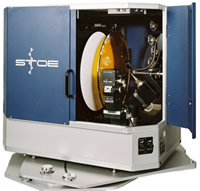
STOE IPDS II diffractometer
Image plate technology and state-of-the-art software guarantees highest
data quality and accuracy for inorganic structures, twins, superstructures
and modulated structures. It is equipped with a dedicated liquid nitrogen
cryostat from Oxford Cryosystems that can reach temperatures down to 80K.
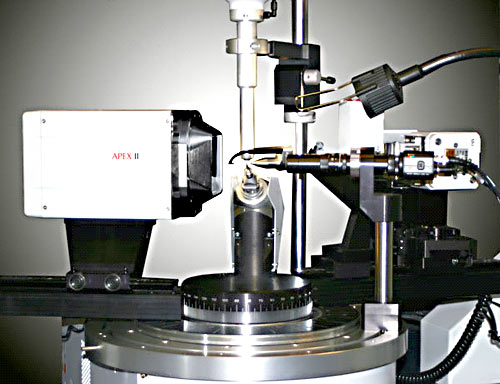
Bruker Apex II diffractometer
APEX II is one of the most sensitive and fastest CCD detector. Liquid
nitrogen cryostat from Oxford Cryosystems allows to reach temperatures
down to 80K.
Powder analysis

PANalytical X'Pert Pro MPD
with a linear X'Celerator detector and
high-temperature attachment till 2300C
The instrument performs rapid (in a manner of minites)
collection of powder XRD data suitable for Rietveld refinement. The monochromated
Cu radiation yeilds outstanding resolution.
A Co source is also available. It is suitable for highly fluorescent samples,
such as Gd- or Fe-containing ones.
Physical properties measurements
Magnetic properties
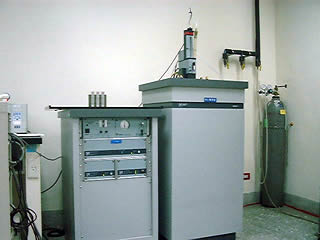
Quantum Design MPMS SQUID Magnetometer
This instrument can measure d.c. magnetic susceptibility and magnetic
moments on samples as small as a few mg over a temperature range from
2K to 700K in applied fields from a few Oe to 60,000 Oe.
Electrical transport, a.c. susceptibility and heat capacity
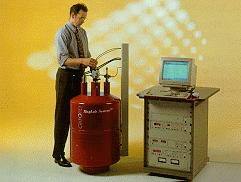
Oxford Instrumet MagLab EXA System is suitable for measurement of electrical transport (resistivity and Hall effect), a.c. susceptibility and heat capacity between 1.5K and 400K in magnetic fields up to 9T.
Sample preparation and handling
Spark Plasma Sintering (SPS)
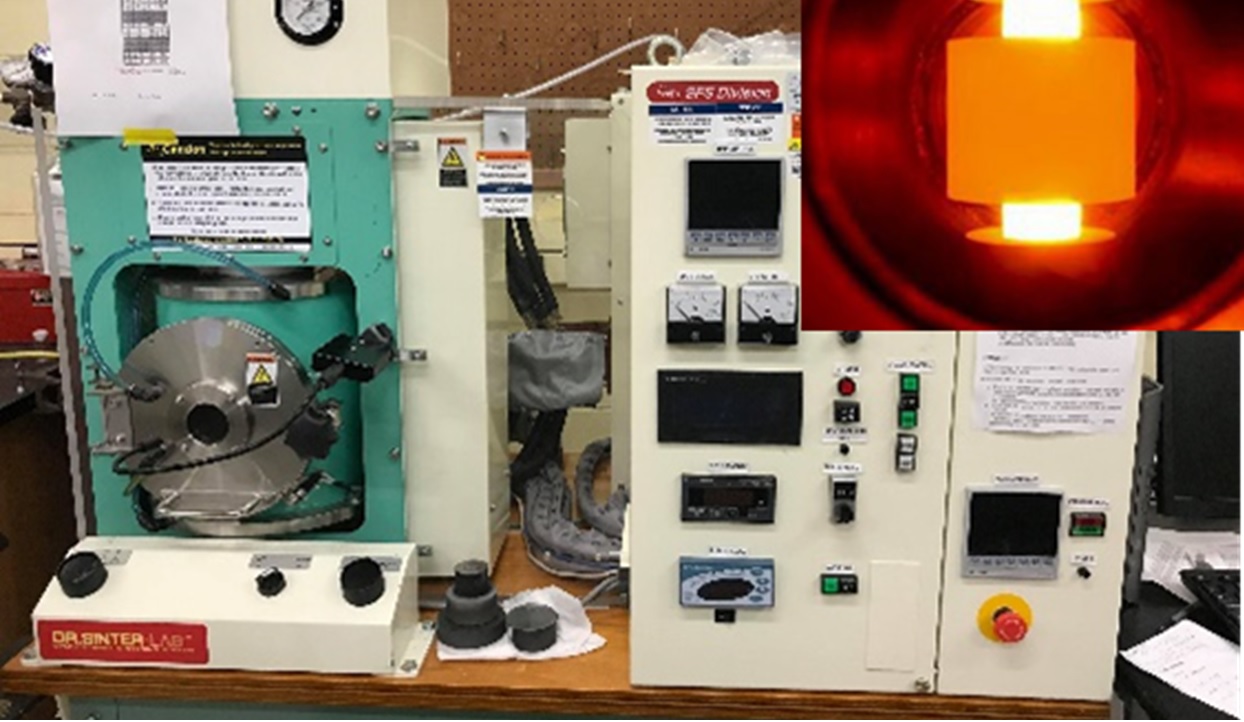
Fuji Dr. Sintere Lab SPS permits rapid consolidation (>90% density) of the different materials at various temperatures under vacuum.
Ball milling (mechanical alloying)
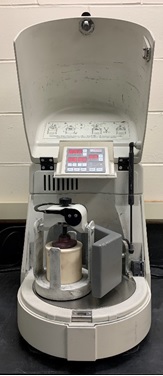
Fritsch Pulverisette 6 planetary ball mill allows pulverising of samples under air, in liquid media, or in the argon-filled jars. Different griding profiles with cooling periods can be programmed.
Inert atmosphere glove boxes
- MBraun double station glove box: Ar atmosphere; O2 and H2O analyzers; digital microscope with video monitor; hydraulic press; analytical balances with resolutions of 0.001g and 0.00001g.
- Vacuum Atmosphere glove box: N2 atmosphere; O2 and H2O analyzers.
Synthesis of bulk samples
- Vacuum line with diffusion pump and possibility of back filling
- Arc-melting
- Sintering at high temperatures in silica, Nb or Ta tubes
- Sintering at high temperatures under different atmospheres
- Various resistive furnaces up to 1700C
- Induction furnace (temperature range up to 2000C)
- Hot pressing in vacuum or argon
Single crystal growth
The BIMR houses one of the most extensive sets of crystal growth infrastructure in North America. These growth facilities include:
- 3 Floating Zone Optical Image Furnaces
- DC Tri-Arc Crystal Growth Station
- Computer-Assisted Czochralski Furnace
- Directional Solidification/Bridgeman Furnaces
- Two-zone furnace for gas-transport reactions
- Flux Growth Laboratory